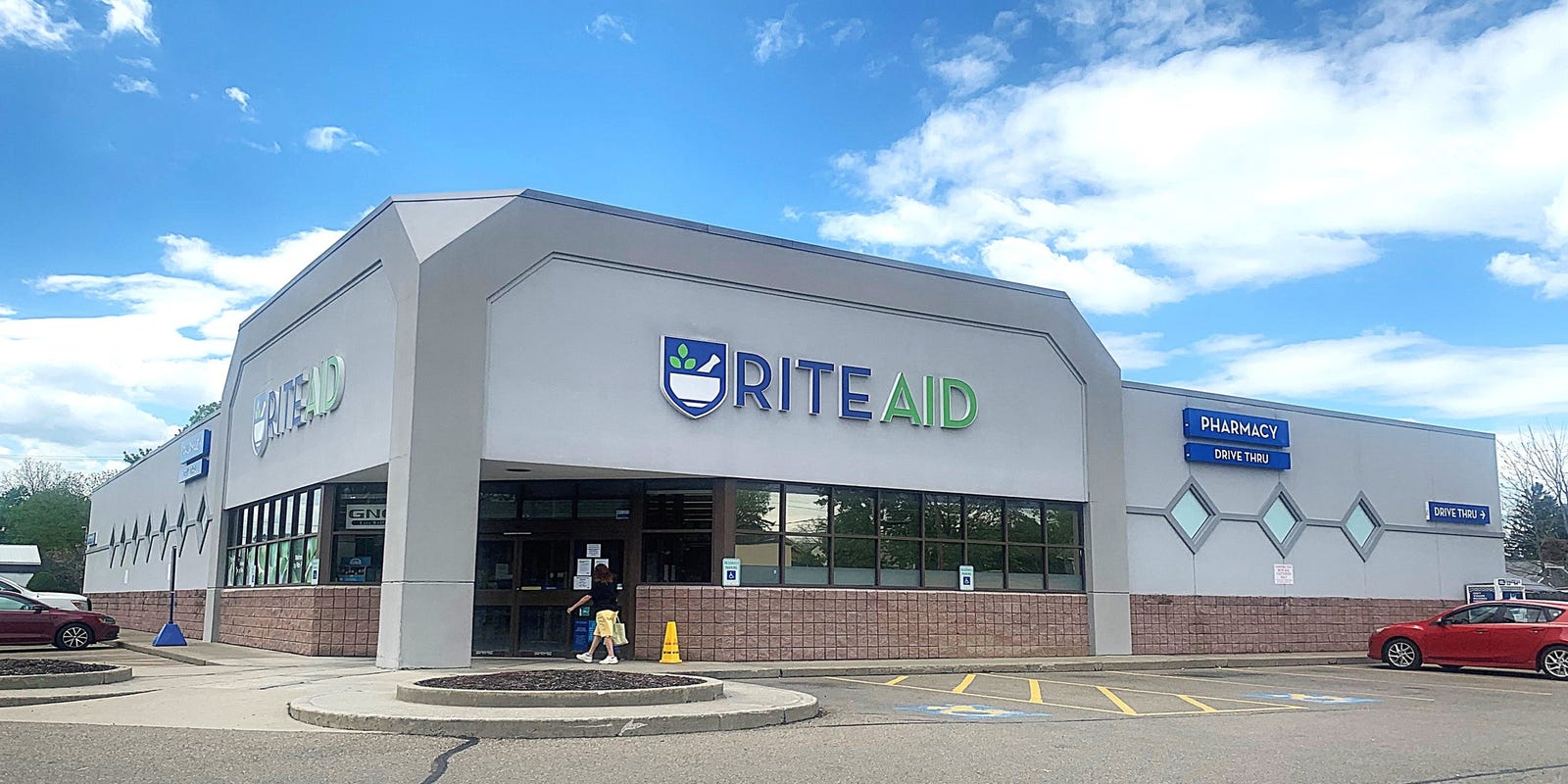
Rite Aid, one of the nation’s largest pharmacy chains, has announced another round of store closures amid ongoing financial challenges and restructuring efforts. The move comes as the company reportedly finalized agreements to sell pharmacy assets from more than 1,000 store locations to competing pharmacy chains.
The closures are part of a broader effort by Rite Aid to streamline operations and reduce debt amid increasing competition and changing consumer behaviors in the retail pharmacy sector. While the specific number of stores set to close in this latest round has not been officially disclosed, the company emphasized that the decision reflects its strategy to exit underperforming locations and realign its footprint.
The reported sale of pharmacy assets involves transferring customer prescriptions and other related services to competing pharmaceutical retailers. Details about which competitors have acquired the assets have yet to be fully confirmed, but the transactions are expected to help Rite Aid generate much-needed revenue as it navigates financial restructuring.
Rite Aid has struggled with declining sales and mounting debt, previously filing for bankruptcy and initiating a multi-phase plan to stabilize its business. The ongoing closures and asset sales signify continued pressure on the chain as it works to stay afloat in an increasingly competitive and consolidating market.
Customers affected by the store closures will be notified, and Rite Aid claims it is working to minimize disruptions to their pharmaceutical needs. Employees from impacted locations may face layoffs or be offered opportunities to transfer to other stores within the company.
Industry analysts point to broader trends in the pharmacy sector, including the rise of online pharmacies and increased competition from major players such as CVS, Walgreens, and Amazon, as contributing factors to Rite Aid’s continued struggles.
As Rite Aid moves forward with its restructuring strategy, the company’s leadership will be closely watched for its ability to stabilize operations and redefine its long-term business model.
Source: https:// – Courtesy of the original publisher.








